With their own labor, innovative thinking, and diligent hands, many economic models have been boldly implemented by the people of ethnic minority areas, thereby not only bringing economic efficiency and improving their lives, but also contributing to creating changes in each locality.
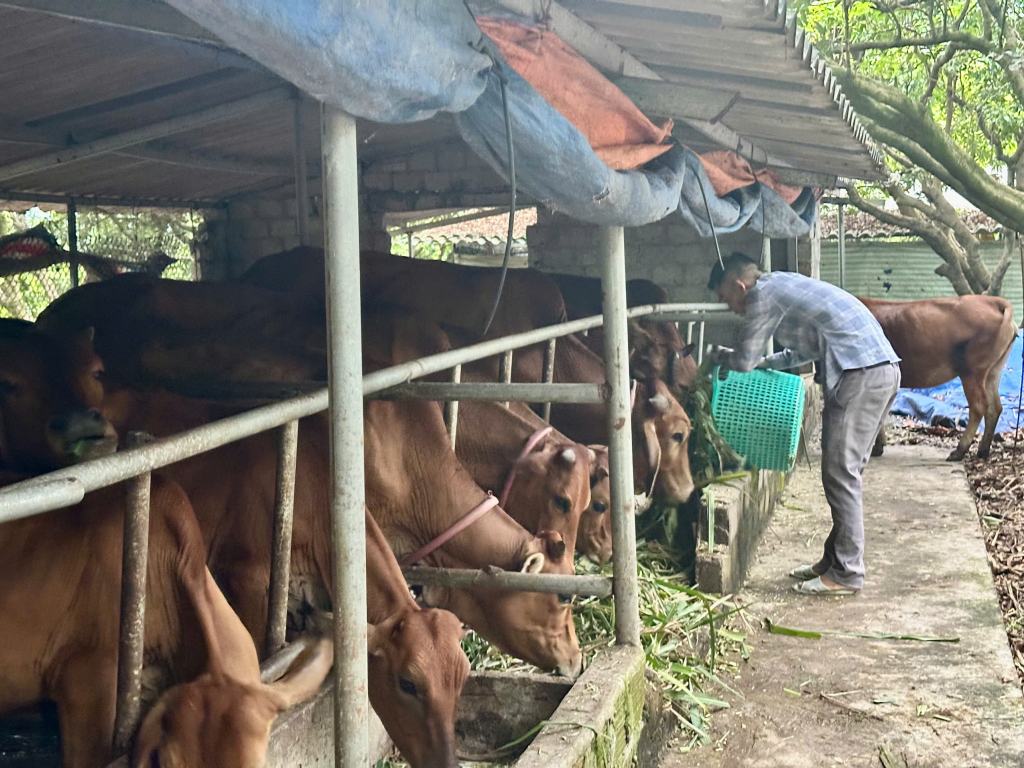
For many years, Mr. Truong Van Dai, Dao ethnic group, Khe Su 1 village, Thuong Yen Cong commune, Uong Bi city has been a typical example of economic development in the locality. Realizing that the soil, climate and natural conditions of this area are suitable for raising livestock and poultry, in 2020, Mr. Dai started implementing a model of breeding cows. To develop the model effectively, Mr. Dai spent a lot of effort to proactively build solid barns; use microorganisms to treat cow waste to reduce odors, ensure environmental hygiene, prevent diseases; apply techniques to grow some types of grass as feed for cows. He also researched, produced and processed some types of green roughage, starchy feed for cows... From 2 breeding cows to now, Mr. Dai's herd has 50 cows. Along with raising cows, Mr. Dai also invested in raising commercial chickens in the form of natural grazing with over 10,000 chickens per year. The livestock and poultry farming model developed well, bringing high economic efficiency, with an income of 200-250 million VND/year.
Mr. Dai shared: Taking advantage of the large garden area, abundant natural food sources, and favorable climate conditions, over the years, I have developed a livestock and poultry farming model. For the model to be effective, the most important solution is to proactively prevent diseases in livestock and poultry by fully vaccinating them on schedule. In addition, I also focus on treating waste in livestock farming with biological and microbial products to ensure hygiene. The barns are always cool in the summer, warm in the winter, and regularly clean. In the coming time, in addition to continuing to develop this model, I will support techniques, breeds, and livestock feed for a number of households in the commune to promote the economy, increase income, and improve life.
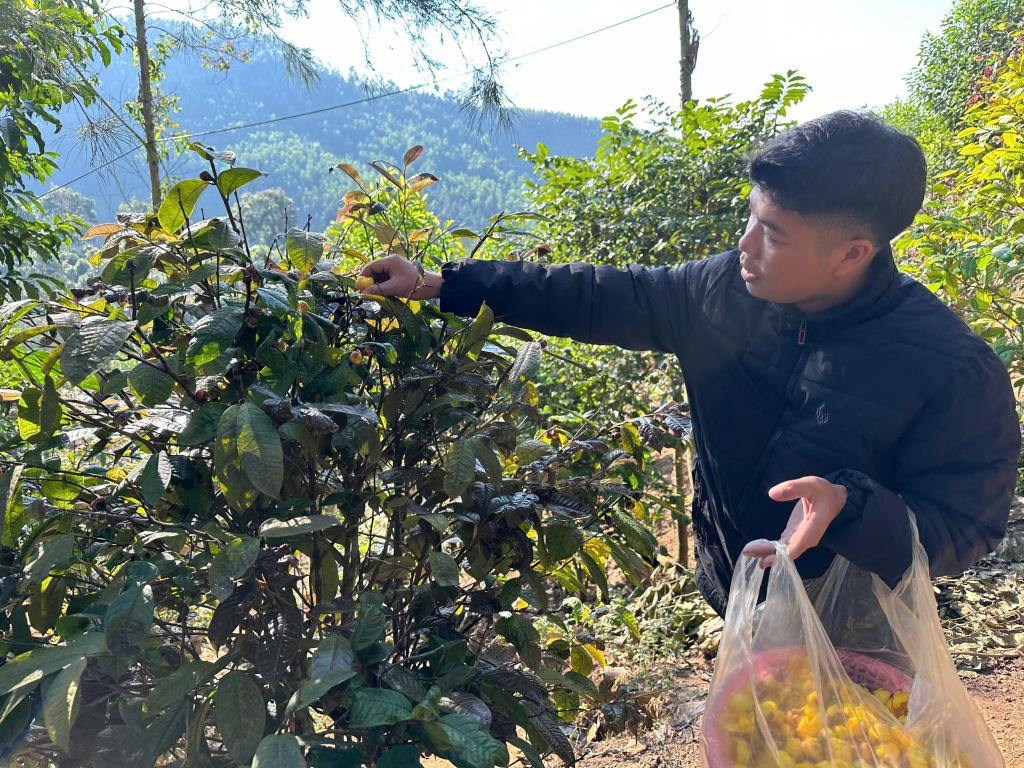
In mountainous communes, remote areas, border areas, and islands of Quang Ninh province today, there are more and more effective economic models being created. Because instead of choosing to work in factories, enterprises or go to other lands to do business, people in ethnic minority areas are determined to get rich on their homeland. Mr. Dam Van Trieu, Dao ethnic group, Khe Long Ngoai village, Thanh Son commune, Ba Che district is one of many ethnic minorities like that. When Ba Che district encouraged households to grow yellow camellia, plus encouragement from his family, Mr. Trieu decided to convert his family's 3 hectares of acacia to grow 2.5 hectares of yellow camellia. Realizing that his family's more than 2 hectares of yellow camellia were favorable conditions, along with abundant food sources and few diseases for livestock farming in 2019, he boldly built barns and imported 1,000 breeding animals. To learn about the model, Mr. Trieu carefully studied chicken breeds and raising techniques to keep the chickens healthy. After the chickens were 3 months old, he started feeding the chickens corn mixed with chopped bananas and let the chickens out on the hills to graze under the yellow tea flowers. From here, he developed a garden - cage - forest economic model. The tea trees provide shade for the chickens, the chickens pick grass and catch worms under the tea roots and excrete manure, fertilizing the tea trees. From this method, every year Mr. Trieu has saved a lot of money on hiring people to pick grass and take care of the tea trees. This is a new method that brings economic efficiency.
Since then, Mr. Trieu has maintained raising 3 batches of chickens per year with a scale of 1,000 chickens per batch. Each batch of his chickens, when 7 months old, will reach a weight of 1.5 - 2kg/chicken and be sold. Because it is a branded chicken breed, the chickens have small legs, firm and delicious meat. With an average price of 150,000 VND/kg, each batch of chickens his family earns from 50-100 million VND. This model has become a typical example of economic development in the locality.
In order to promote the development of economic models in ethnic minority, mountainous, border and island areas, in recent times, Quang Ninh province has paid special attention to effectively implementing policy credit programs. With simple lending procedures, quick disbursement time, and diverse subjects, policy credit capital has promptly met the capital needs of the people, creating motivation for production development, and gradually increasing income. Up to now, the total outstanding debt of policy credit programs in the province has reached over 5,300 billion VND with nearly 75,000 people still in debt, mainly concentrated in ethnic minority, remote, mountainous and border areas.
The green of fertile forests and the yellow of fruit-laden orchards are present in all remote areas and ethnic minority areas of Quang Ninh... Bright colors are painted by the hard-working hands, innovative thinking, and the will to rise up and become rich legitimately in their homeland from the effective economic model of the people here.
Source


![[Photo] President Luong Cuong presents the decision to appoint Deputy Head of the Office of the President](https://vphoto.vietnam.vn/thumb/1200x675/vietnam/resource/IMAGE/2025/5/8/501f8ee192f3476ab9f7579c57b423ad)
![[Photo] General Secretary concludes visit to Azerbaijan, departs for visit to Russian Federation](https://vphoto.vietnam.vn/thumb/1200x675/vietnam/resource/IMAGE/2025/5/8/7a135ad280314b66917ad278ce0e26fa)
![[Photo] General Secretary To Lam begins official visit to Russia and attends the 80th Anniversary of Victory over Fascism](https://vphoto.vietnam.vn/thumb/1200x675/vietnam/resource/IMAGE/2025/5/8/5d2566d7f67d4a1e9b88bc677831ec9d)
![[Photo] Prime Minister Pham Minh Chinh meets with the Policy Advisory Council on Private Economic Development](https://vphoto.vietnam.vn/thumb/1200x675/vietnam/resource/IMAGE/2025/5/8/387da60b85cc489ab2aed8442fc3b14a)
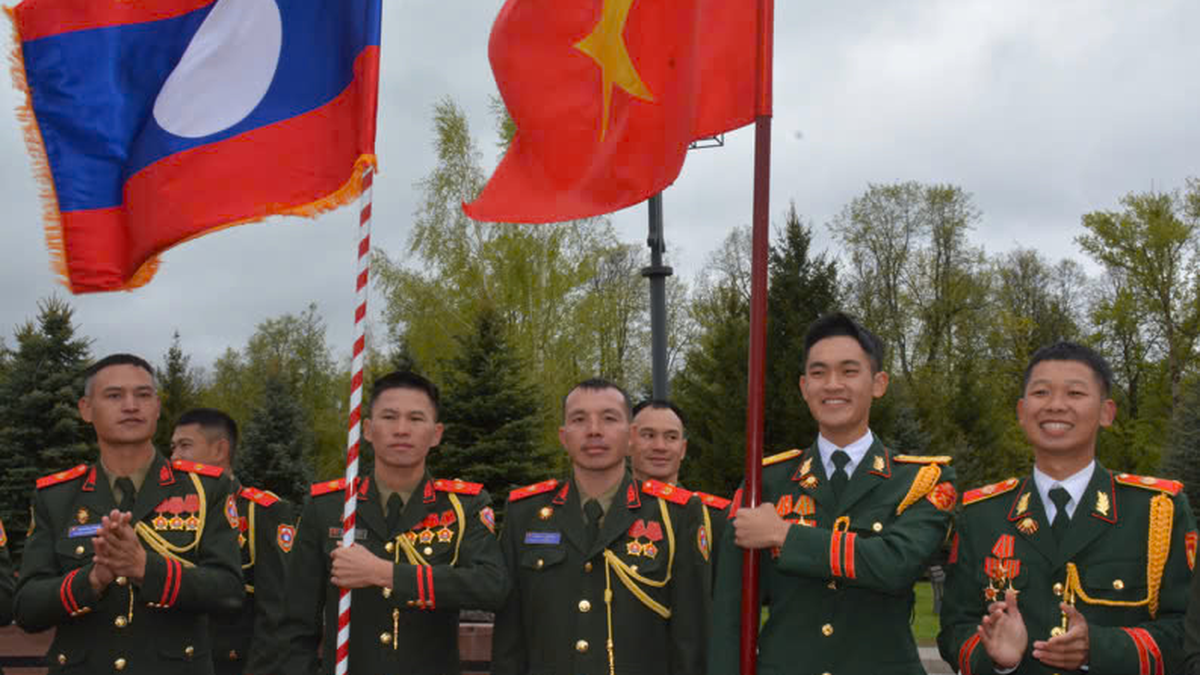
![[Photo] National Assembly Chairman Tran Thanh Man chairs the meeting of the Subcommittee on Documents of the First National Assembly Party Congress](https://vphoto.vietnam.vn/thumb/1200x675/vietnam/resource/IMAGE/2025/5/8/72b19a73d94a4affab411fd8c87f4f8d)



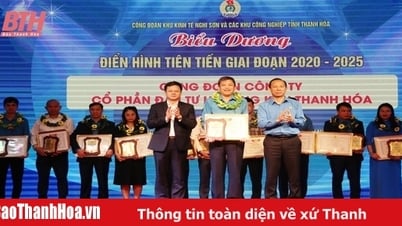
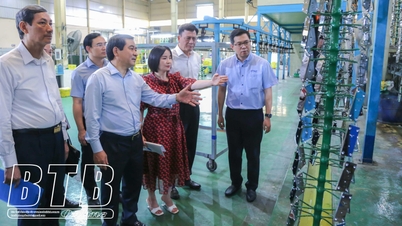


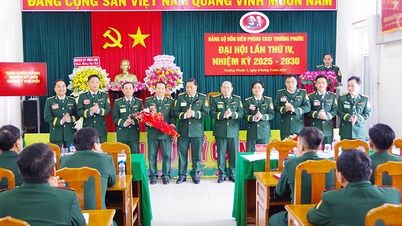

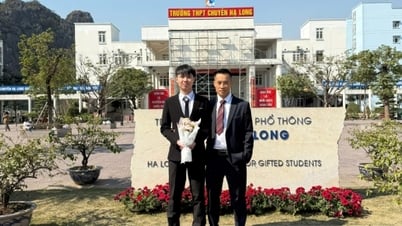
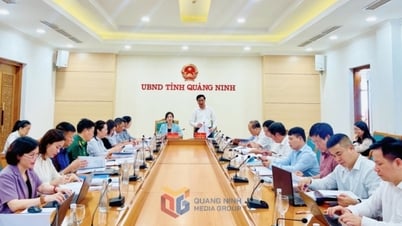

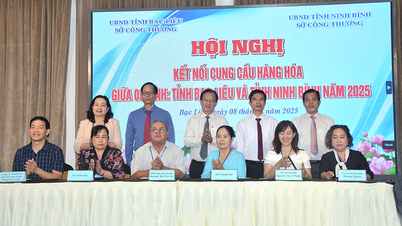




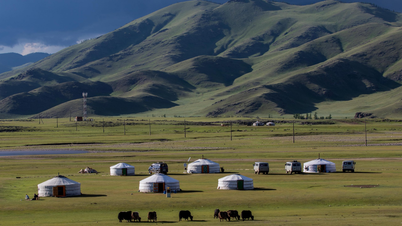

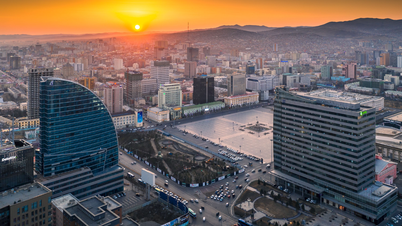
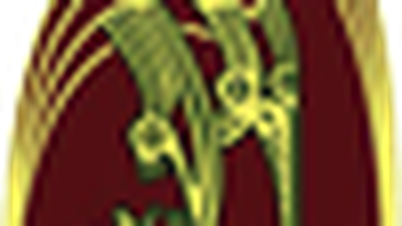

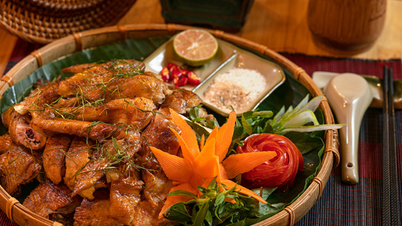




















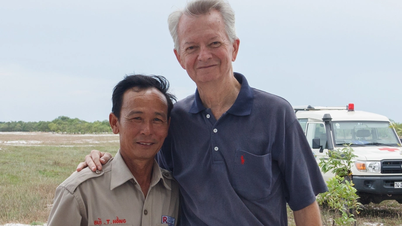











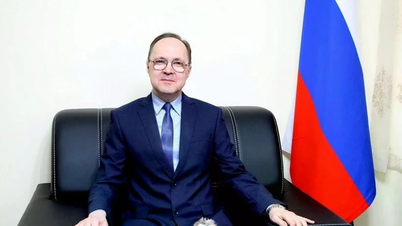
![[Photo] Prime Minister Pham Minh Chinh talks on the phone with Singaporean Prime Minister Lawrence Wong](https://vphoto.vietnam.vn/thumb/402x226/vietnam/resource/IMAGE/2025/5/8/e2eab082d9bc4fc4a360b28fa0ab94de)
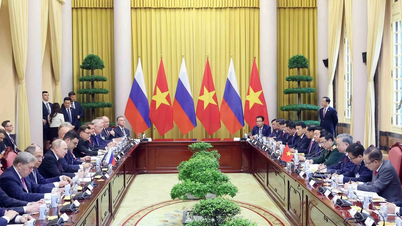

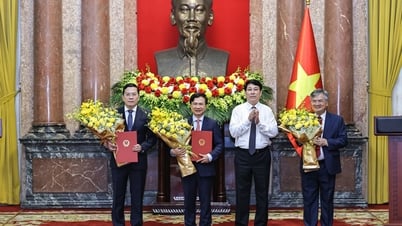

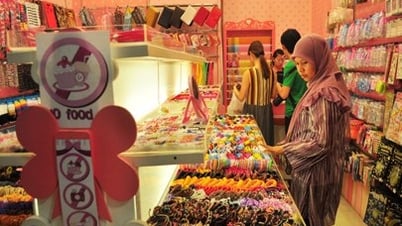


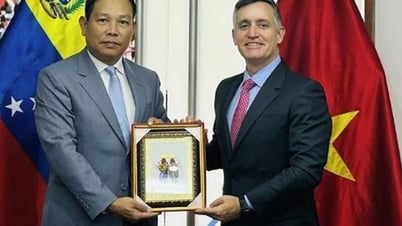

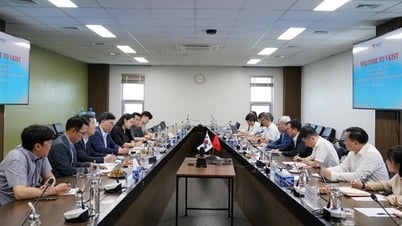




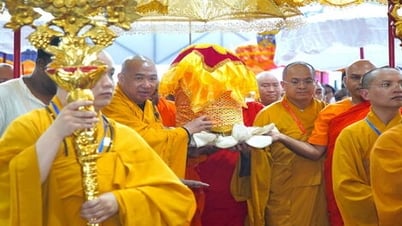



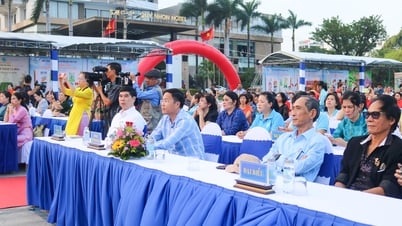

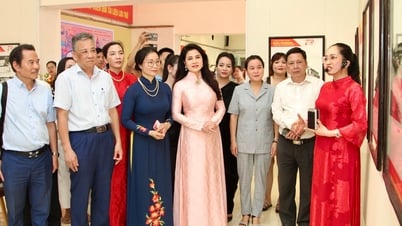













Comment (0)